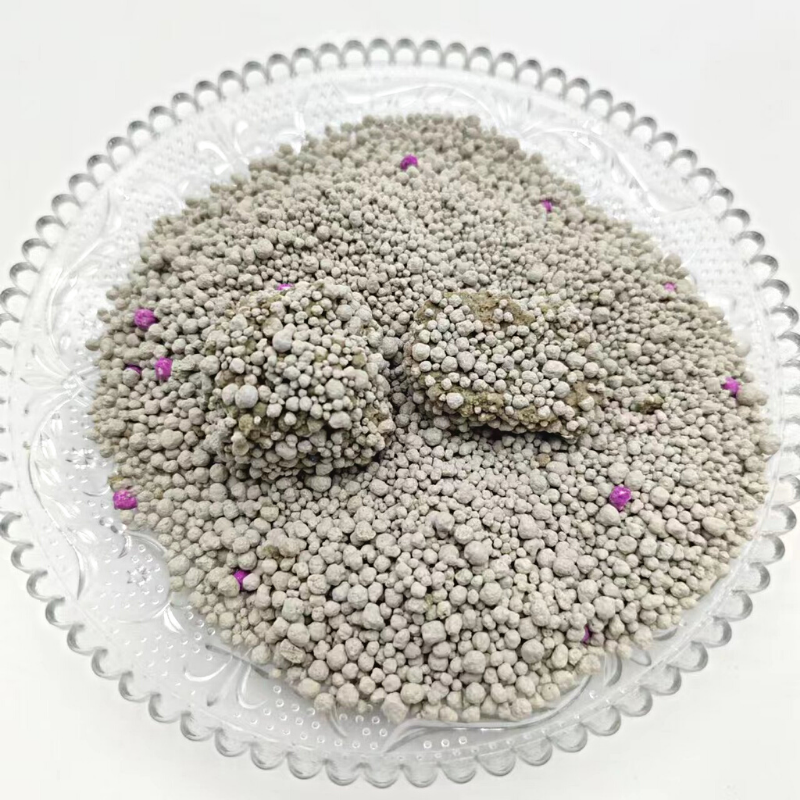
high alumina cement concrete
High alumina cement (HAC) concrete is a type of concrete that is characterized by its unique properties and applications, primarily derived from the use of high alumina cement as its binding agent. High alumina cement is produced by fusing bauxite and limestone, resulting in a cement with a high aluminum oxide content, typically above 50%. This special composition imparts numerous advantages to the concrete, making it suitable for specific, high-demand applications.
One of the most notable features of high alumina cement concrete is its rapid strength development. Unlike ordinary Portland cement, which can take weeks to achieve desired strength levels, HAC can reach significant strength within a matter of days. This quality is especially beneficial in construction projects that require quick turnaround times, such as emergency repairs, precast structures, or situations where early load-bearing capacity is critical.
In addition to its rapid strength gain, HAC concrete provides exceptional resistance to high temperatures and fire. High alumina cement has a melting point that exceeds that of conventional cements, making it a suitable choice for applications in industries where exposure to extreme heat is common, such as in the manufacturing of refractory materials, foundries, and in environments where fire resistance is paramount. This property ensures the structural integrity of the concrete even under duress conditions.
high alumina cement concrete

Another significant advantage of HAC concrete is its resistance to chemical attack. It exhibits excellent durability against aggressive environments, including exposure to sulfates, chlorides, and other chemicals that can degrade traditional concrete. This makes it a preferred choice in wastewater treatment facilities, chemical processing plants, and coastal structures where saline water can pose a threat to infrastructure longevity.
Despite its numerous benefits, there are challenges associated with the use of high alumina cement concrete. One of the primary concerns is its cost, which tends to be higher than that of ordinary Portland cement. Additionally, HAC is sensitive to water content and can be challenging to work with if not properly managed. It is crucial for engineers and construction professionals to understand the specific requirements and limitations when using HAC.
In conclusion, high alumina cement concrete presents an innovative solution for a multitude of construction challenges. Its rapid strength development, fire resistance, and durability against chemical attacks make it an invaluable material for specialized applications. As industries continue to demand high-performance concrete solutions, HAC concrete is set to play a significant role in advancing construction technology and ensuring the safety and longevity of critical infrastructure.
Share
-
Premium Pigment Supplier Custom Solutions & Bulk OrdersNewsMay.30,2025
-
Top China Slag Fly Ash Manufacturer OEM Factory SolutionsNewsMay.30,2025
-
Natural Lava Rock & Pumice for Landscaping Durable Volcanic SolutionsNewsMay.30,2025
-
Custom Micro Silica Fume Powder Manufacturers High-Purity SolutionsNewsMay.29,2025
-
Custom Mica Powder Pigment Manufacturers Vibrant Colors & Bulk OrdersNewsMay.29,2025
-
Custom Micro Silica Fume Powder Manufacturers Premium QualityNewsMay.29,2025






